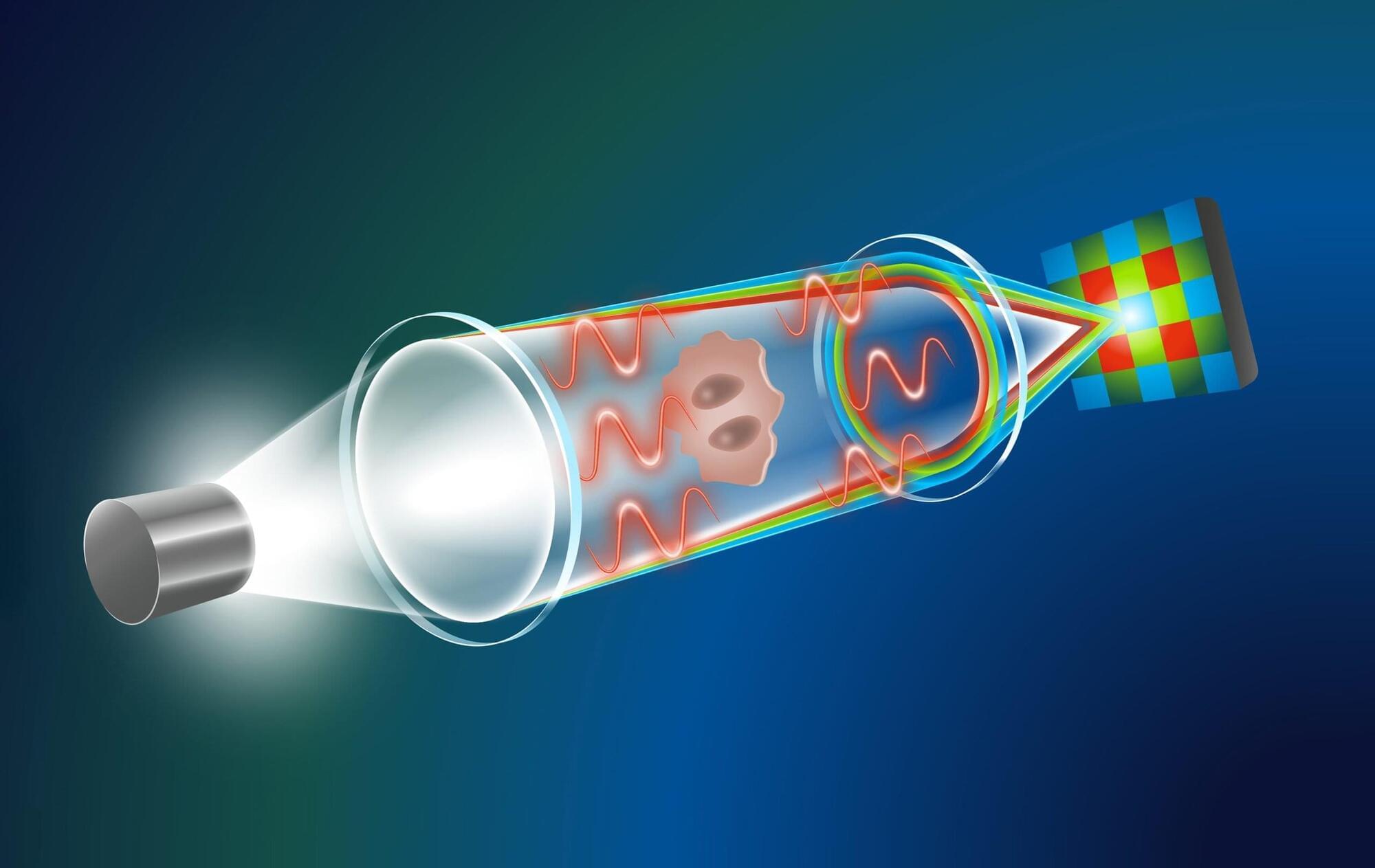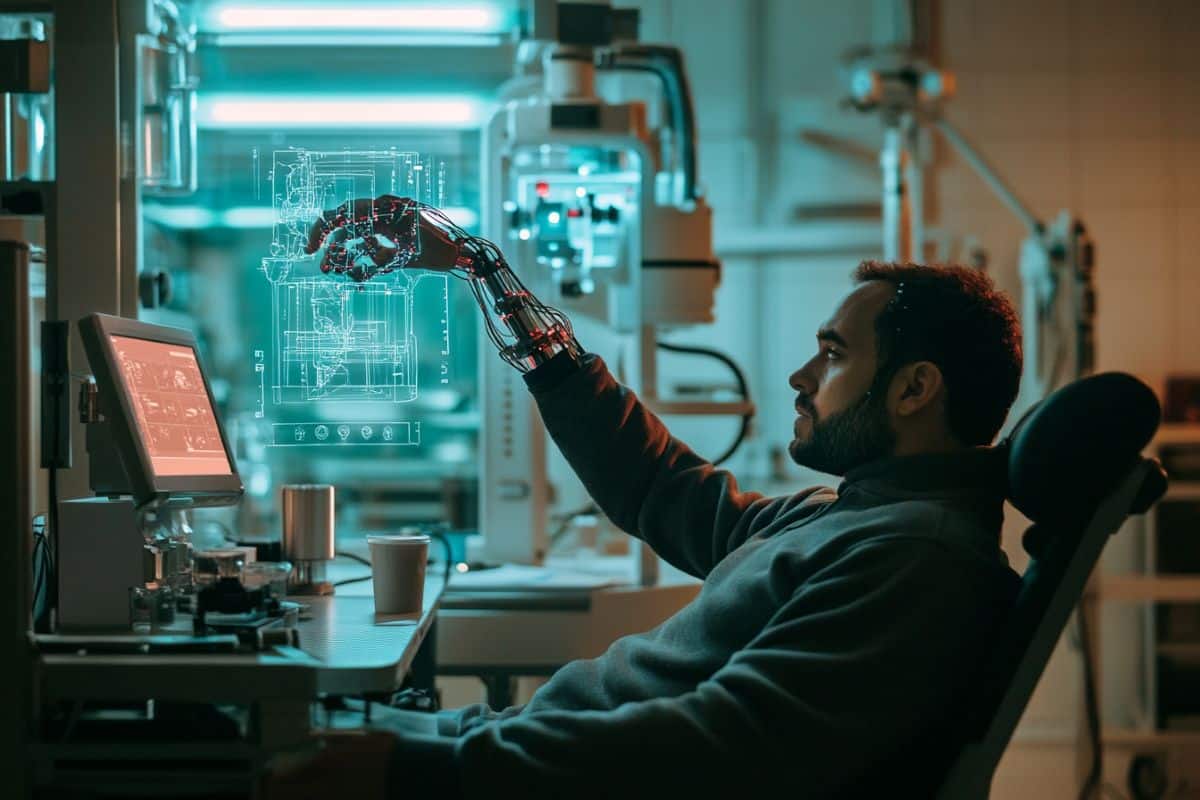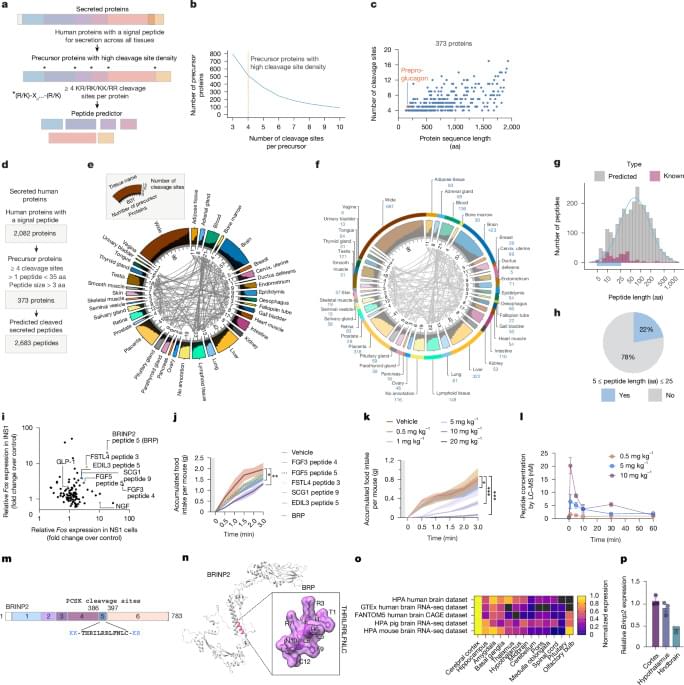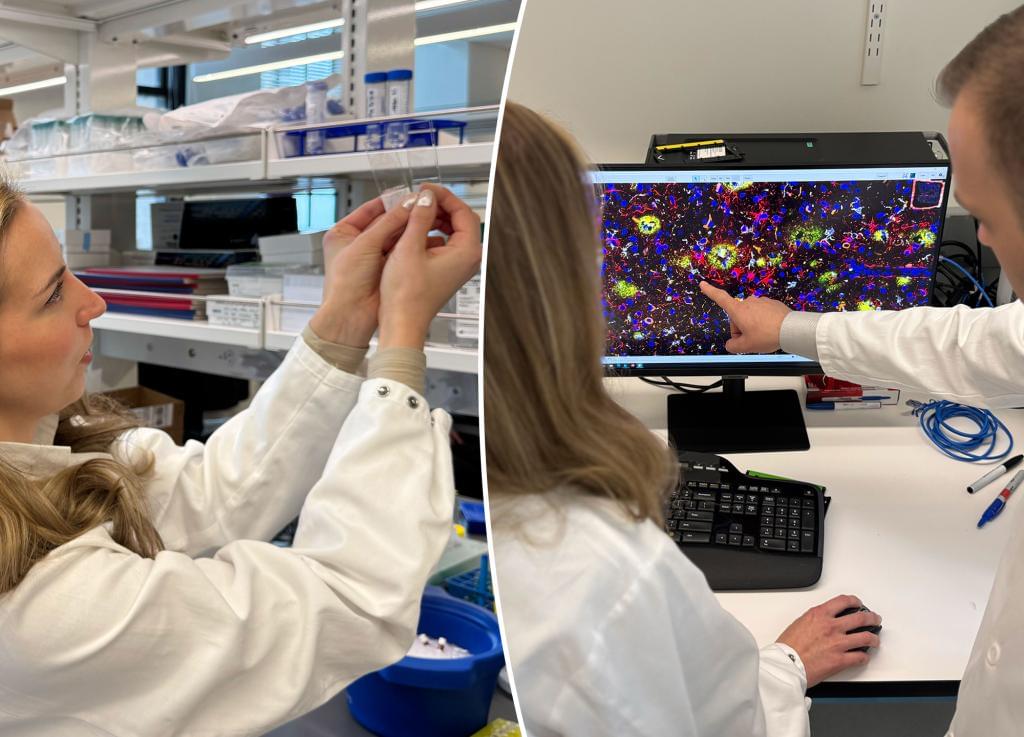Kicking off the first Longevity Review of 2025 with a look at how exosomes can reverse cellular senescence and lengthen lifespan; how there is a subset of youthful stem cells in older animals which can increase lifespan; the most comprehensive study of life extending molescules in the roundworm; and, in the Canadian content study, how disrupting antioxidant defences in a single organ can extend longevity. https://youtu.be/uiEcPFH0EDk
Kicking off the new year with a lifespan special, we will take a look at reversing the senescence of senescent cells to increase mouse lifespan; the discovery and beneficial effects of a subset of youthful stem cells which can also increase mouse longevity; the most comprehensive study of life-extending molecules in the roundworm c.elegans ; and in the Canadian Content study, how disrupting the antioxidant defences in a specific organ in c.elegans can increase its lifespan.





